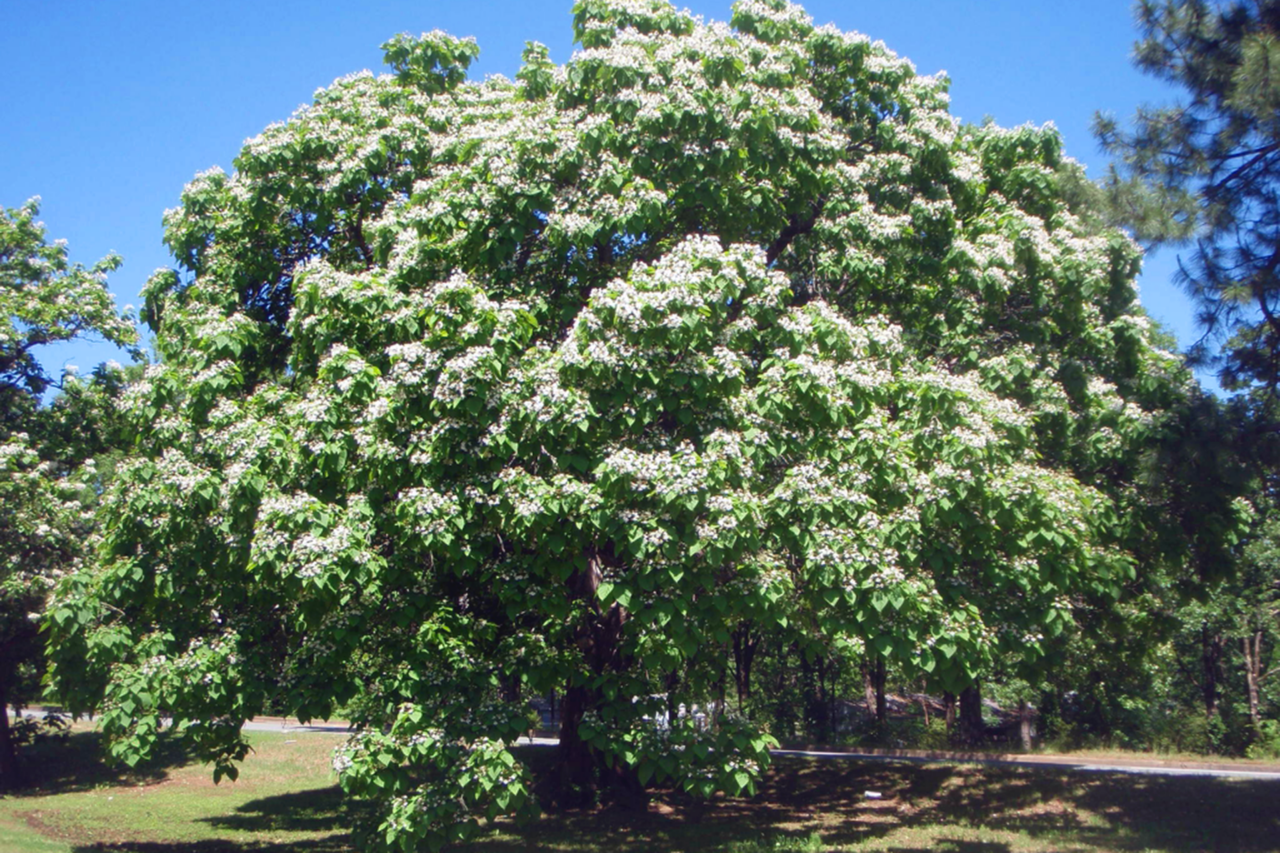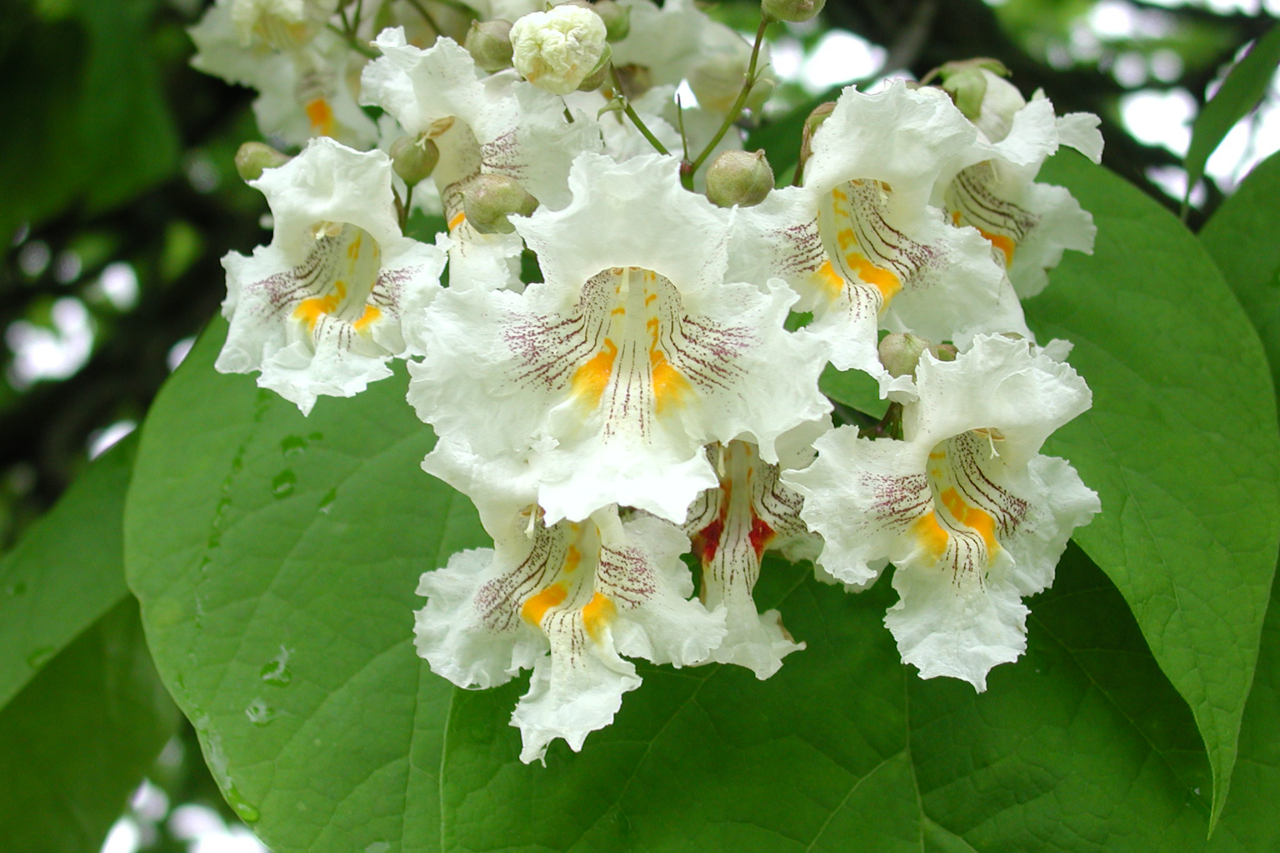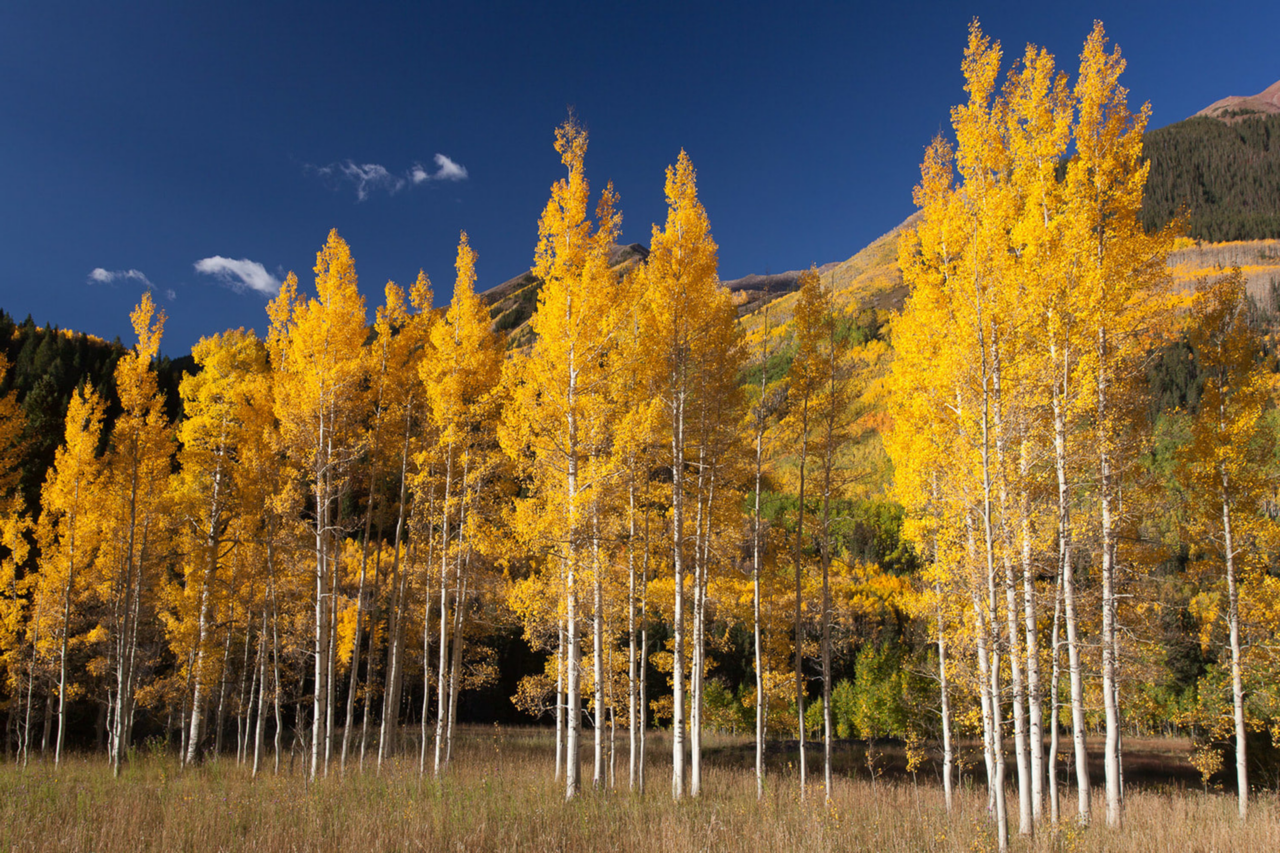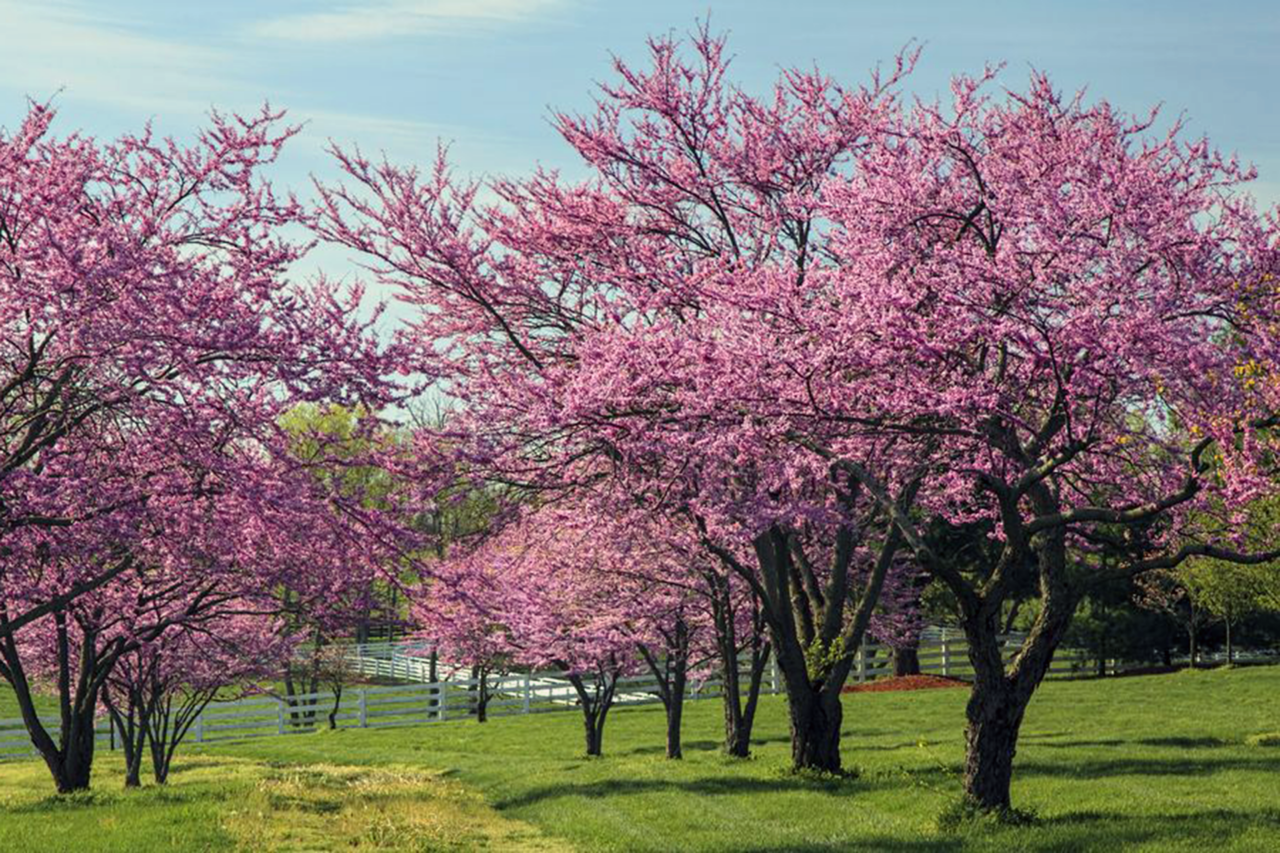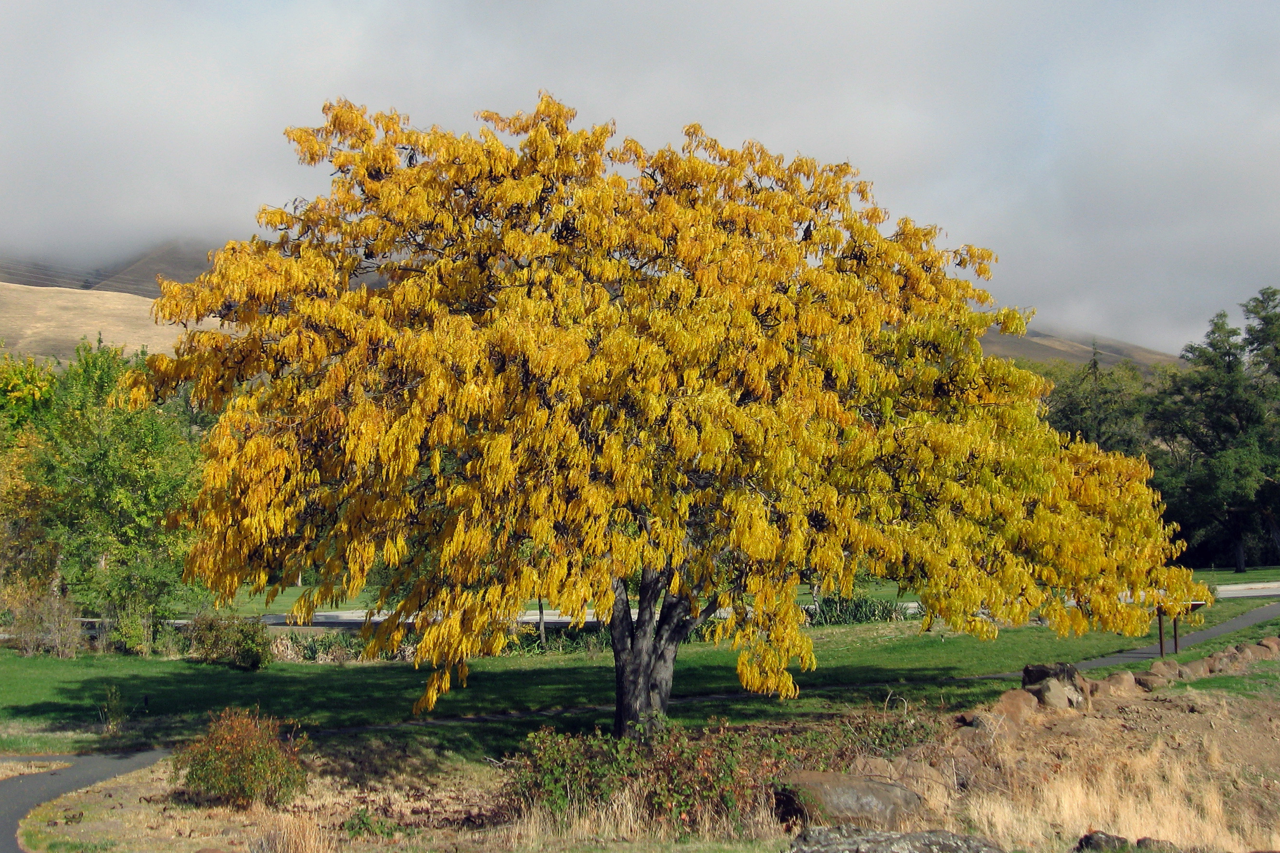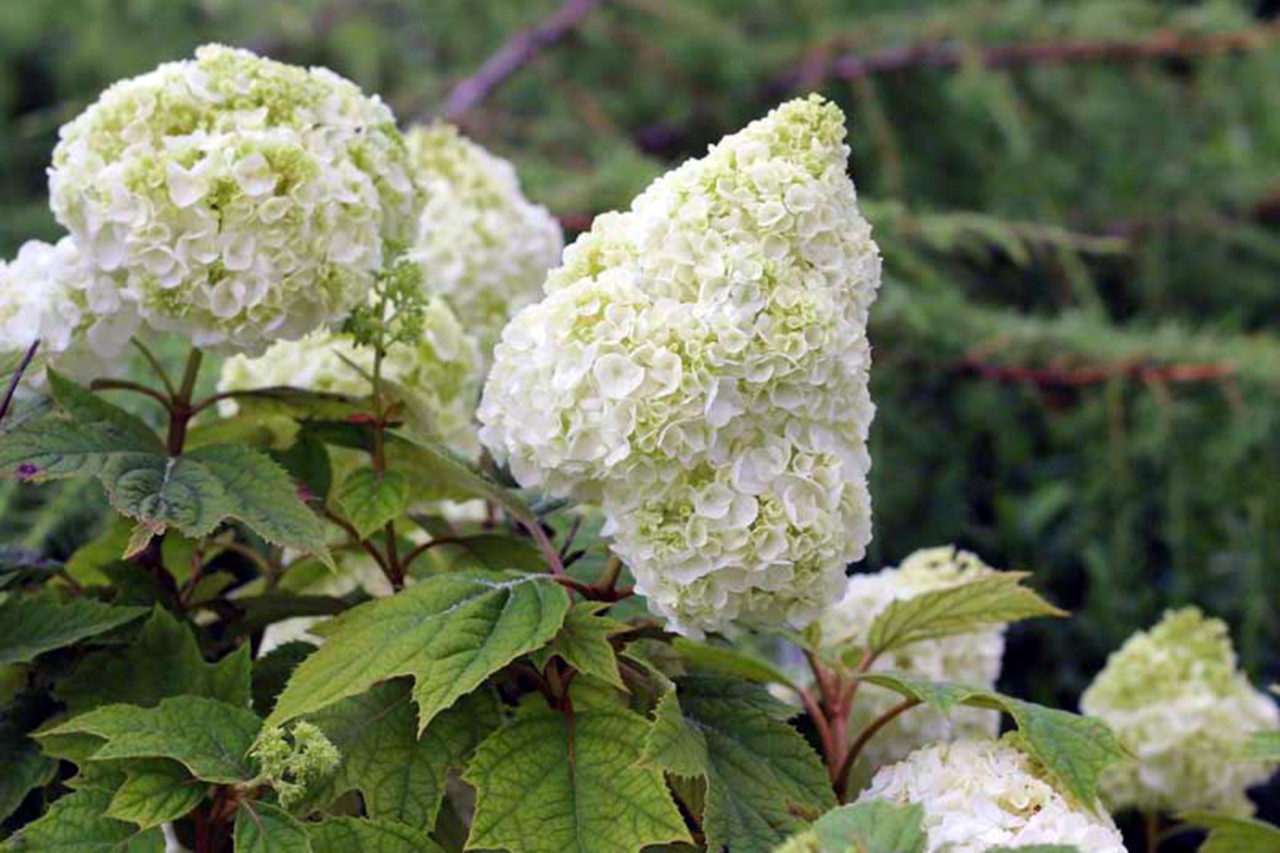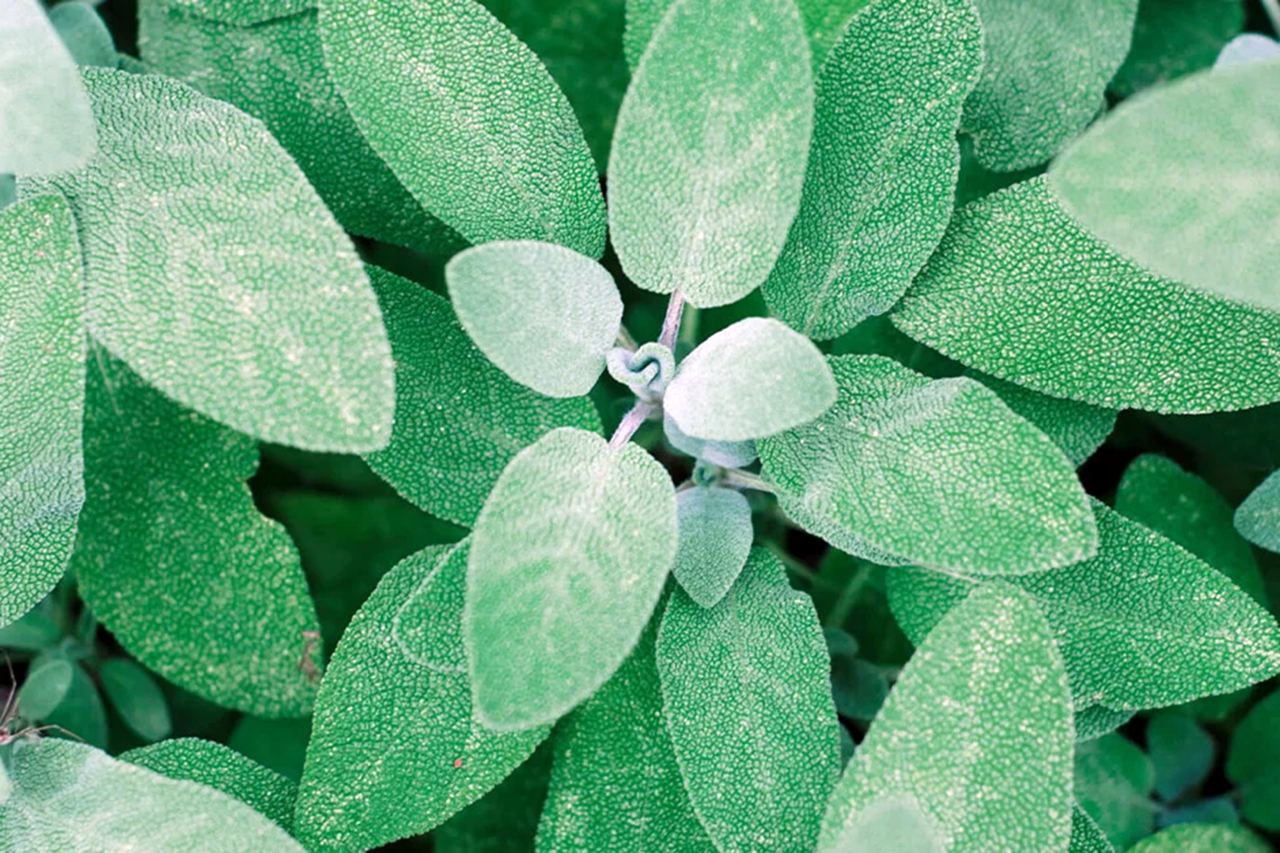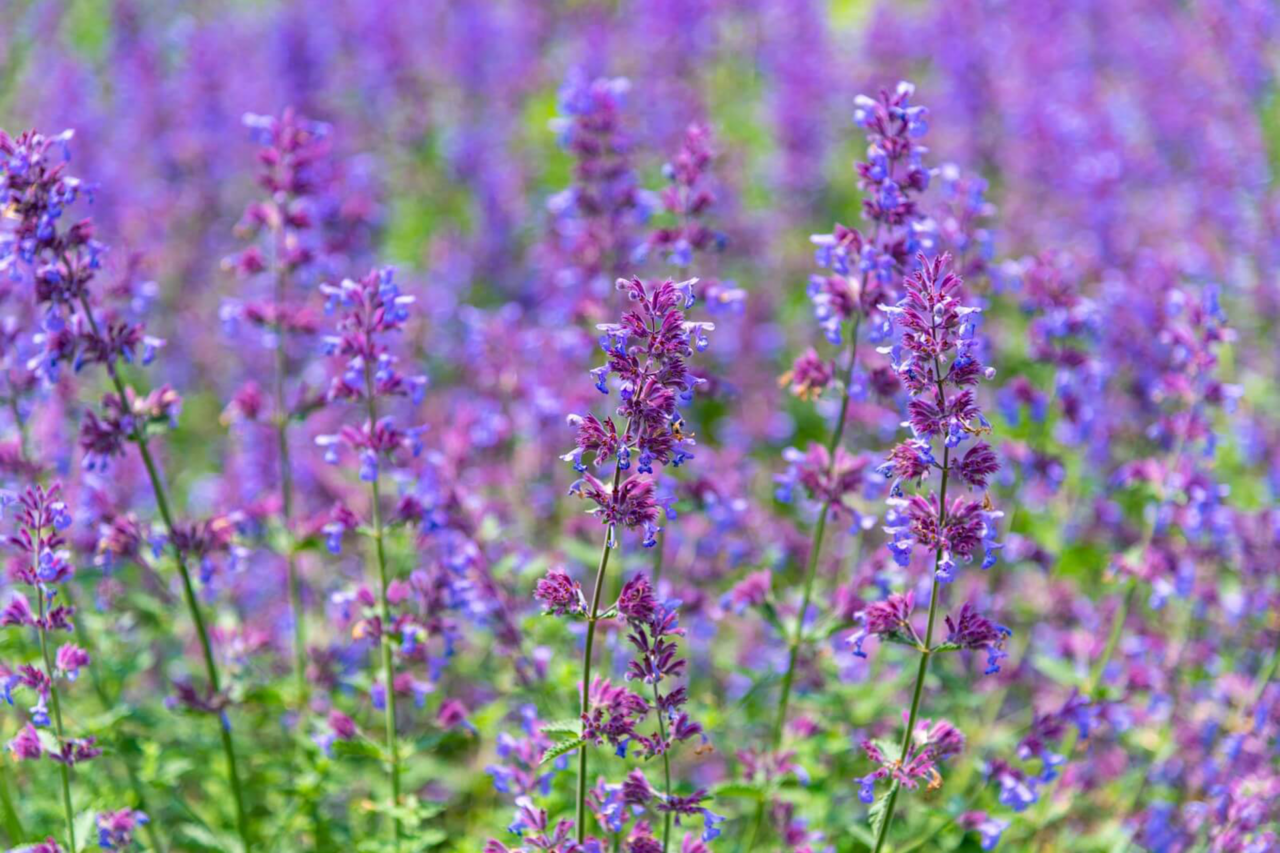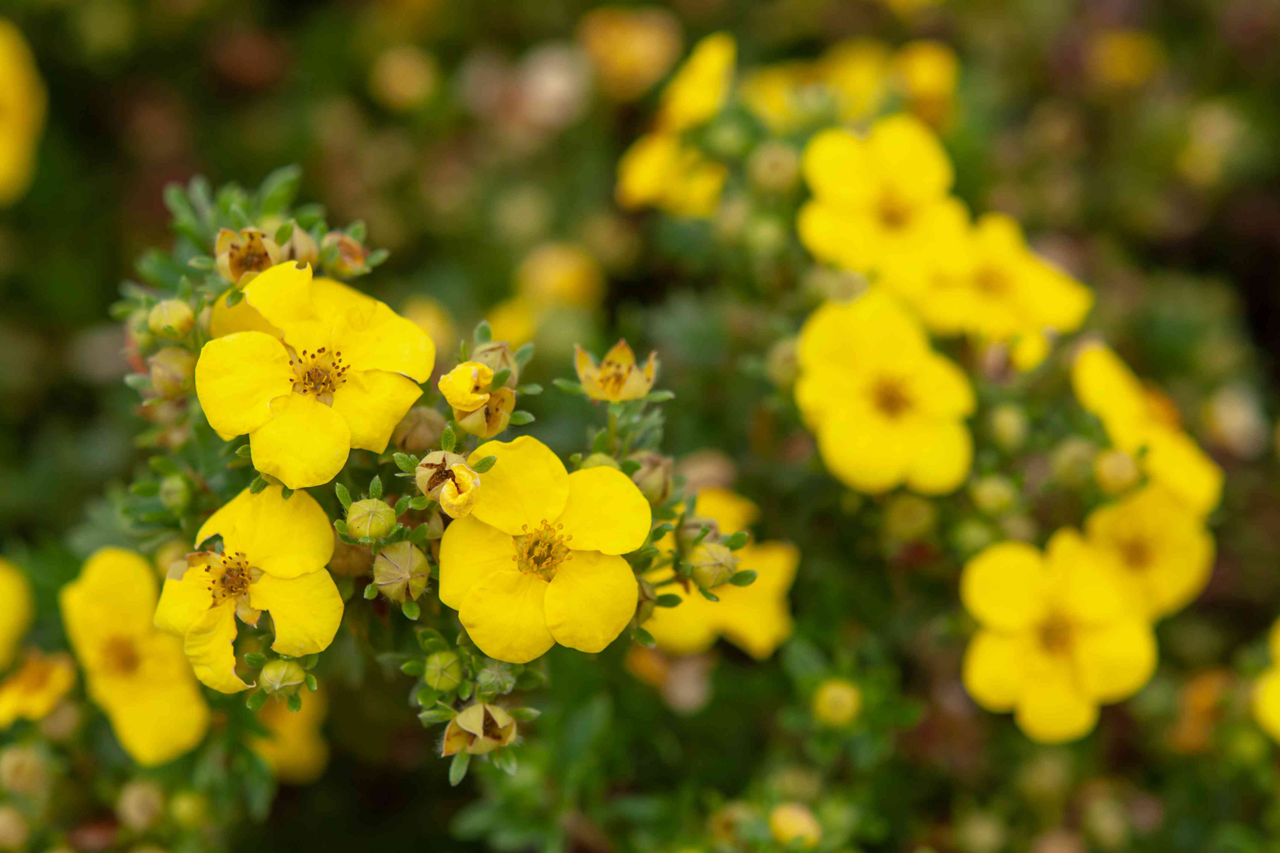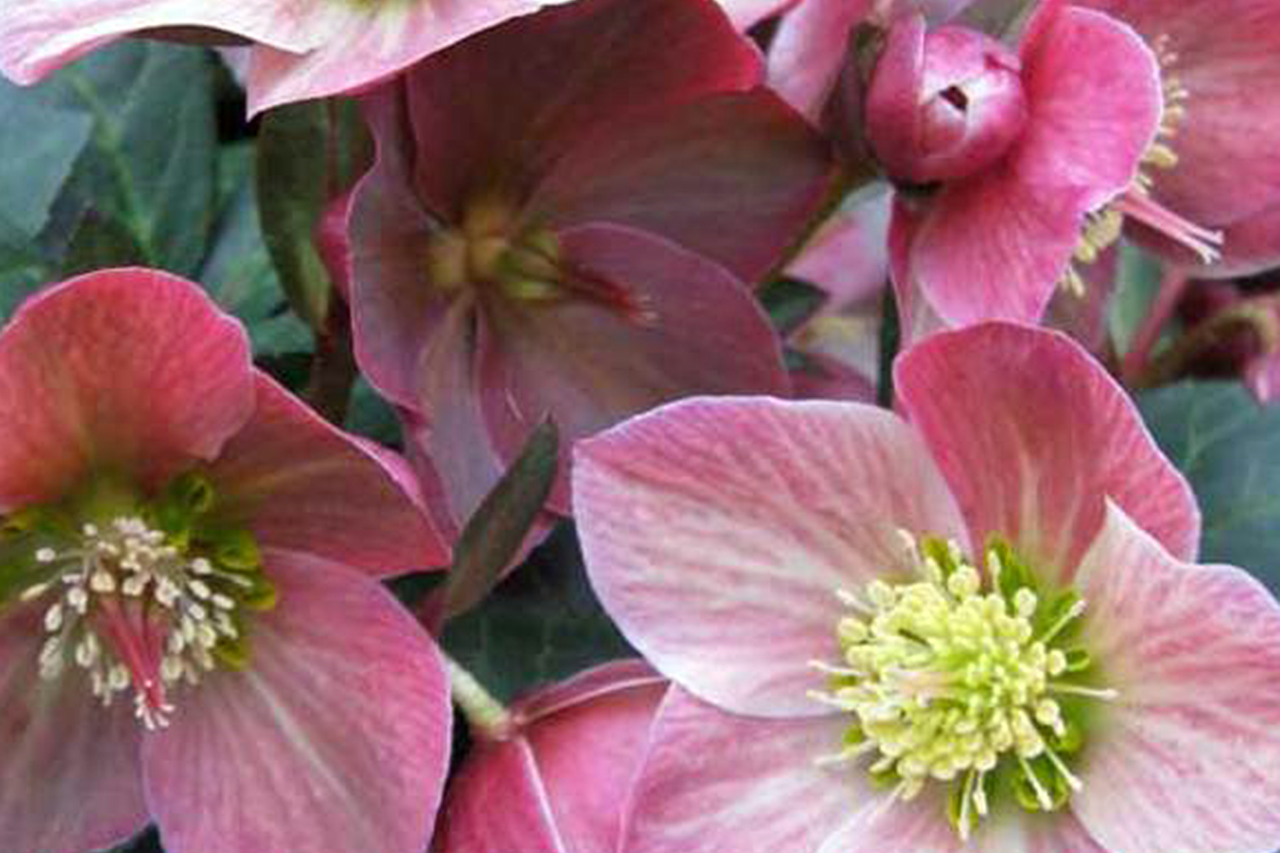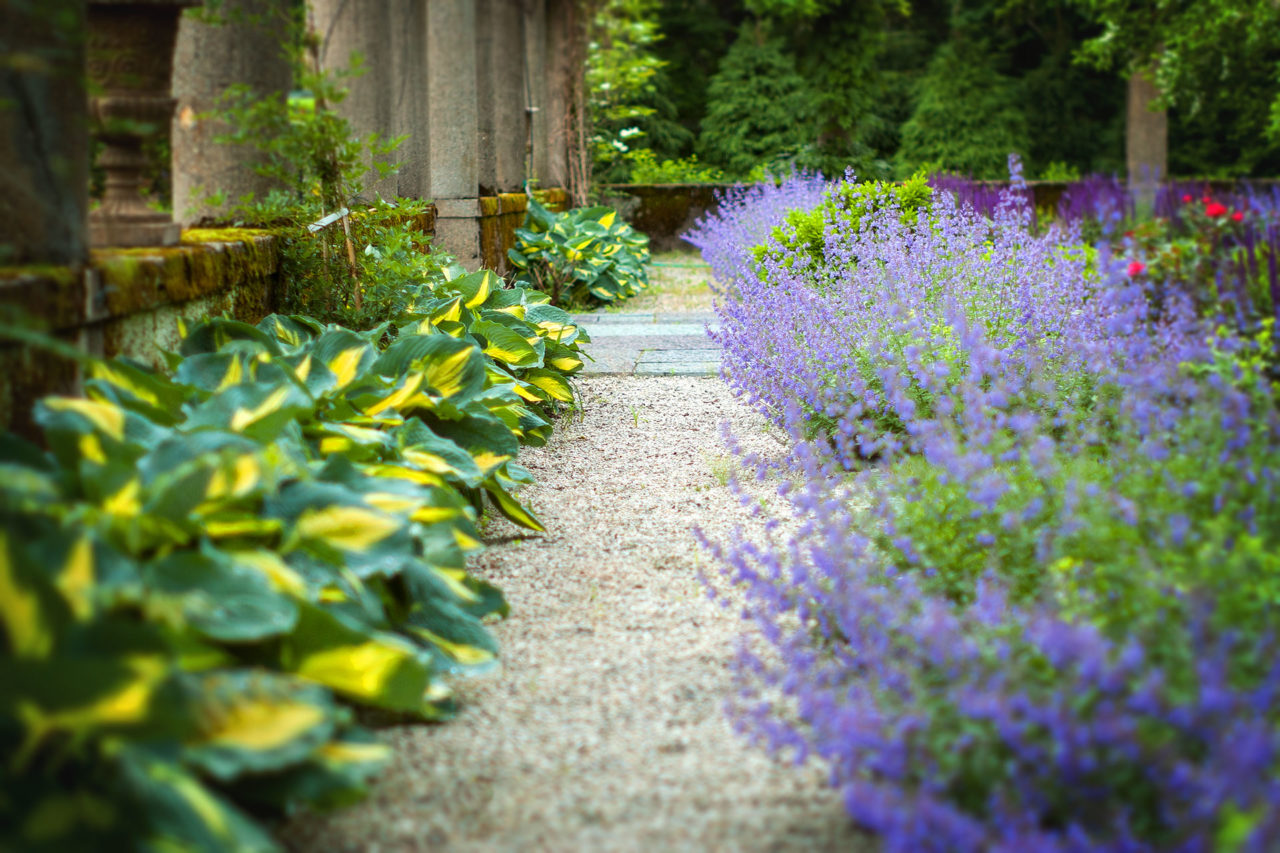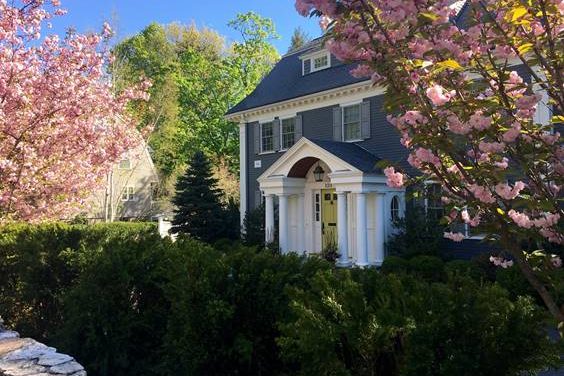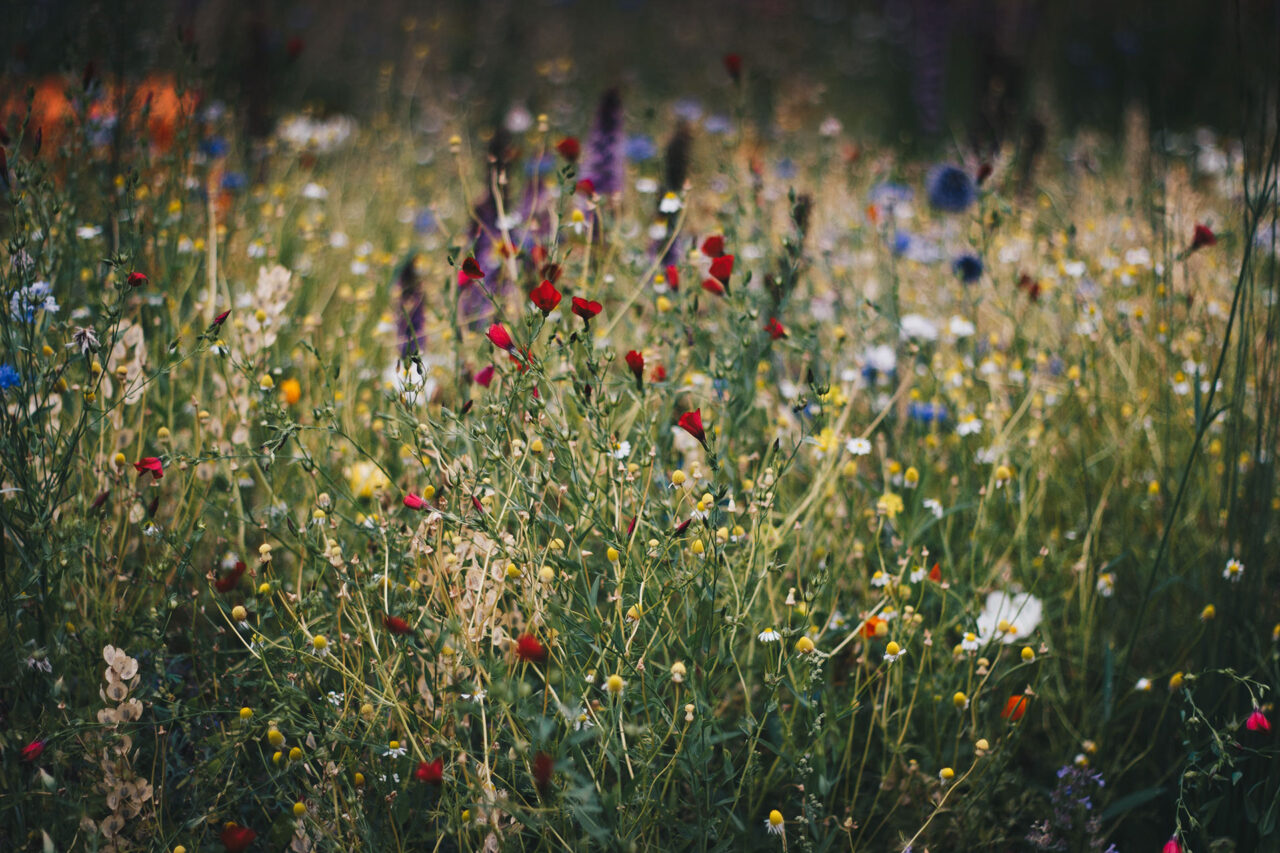Designing for Droughts
The summers of 2016 and 2022 saw two of the worst droughts in recorded history for Massachusetts. Both our natural and built landscapes suffered high temperatures and dehydration. As critical as it is to conserve water during dry summers, it is difficult to watch long cared for plants become stressed or worse, lose them all together. Here at a Blade of Grass, we look for ways to work with a fluctuating climate while continuing to create aesthetic outdoor spaces. I have compiled a list of some of our favorite drought hardy plants so you don’t have to choose between having a beautiful yard and preserving a precious resource.
Key Takeaways
- You’ll find a curated palette of drought-tolerant plants that thrive in Boston’s climate — great for water savings and resilience.
- The post offers design strategies for combining textures, heights, and colors while minimizing irrigation needs.
- Perfect for property owners who want beautiful landscapes and lower water bills.
Throwing Shade
Let’s begin with a resilient overstory and work our way down because who couldn’t use a little more shade when the thermometer reaches 100 degrees?
The Northern Catalpa, or Catalpa Speciosa, tolerates both flood and drought. Native to the American South, it features showy blooms, giant heart-shaped leaves, and slender seed pods earning it the alternate name, Cigartree. Or maybe consider a Quaking Aspen, so called for its leaves that dance in the wind. The Kousa dogwood, while not necessarily aridity proof within the context of this list, will fare better than its native cousin. Honeylocust, Redbud, and Common Smoketree all require consistent watering up front, but are drought tolerant once established.
Hardy Hydrangeas
A New England coastal classic, some hydrangeas can be tricky inland. Several varieties suffer scorched summers better than others. >Hydrangea aborescens, or Smooth Hydrangea, originally hails from the southeastern United States, making it naturally more heat and drought resistant. Hydrangea paniculata is a sun loving species, sun loving for a hydrangea that is, and does best with afternoon shade. Limelight and Grandiflora are popular cultivars. Or try Oakleaf Hydrangea, which can withstand our increasingly warm weather. It will still require moisture on dry days, but this can be aided by a layer of mulch. So called for the shape of its leaves, the deciduous shrub nods to its namesake with equally brilliant fall color. Added bonus, the cut hydrangeas named here dry beautifully for a water-free floral arrangement.
Flower Options
On the topic of long beloved flowers, Lavandula angustifolia, or English lavender lives for low humidity. Sage and its cousin salvia follow suit with silver foliage. Nepeta, yet another herbaceous perennial featuring violet buds, is drought tolerant once established. Bush Cinquefoil doesn’t mind a dry day either. The ornamental onion, Allium impresses with giant floral globes. Or consider Helleborus, which thrives with little more than a dose of dappled sunlight.
The plants listed in this post were partially inspired and informed by the work of Jen Kettell, arborist and owner of Radiant Leaf Consulting in Natick, Massachusetts.
